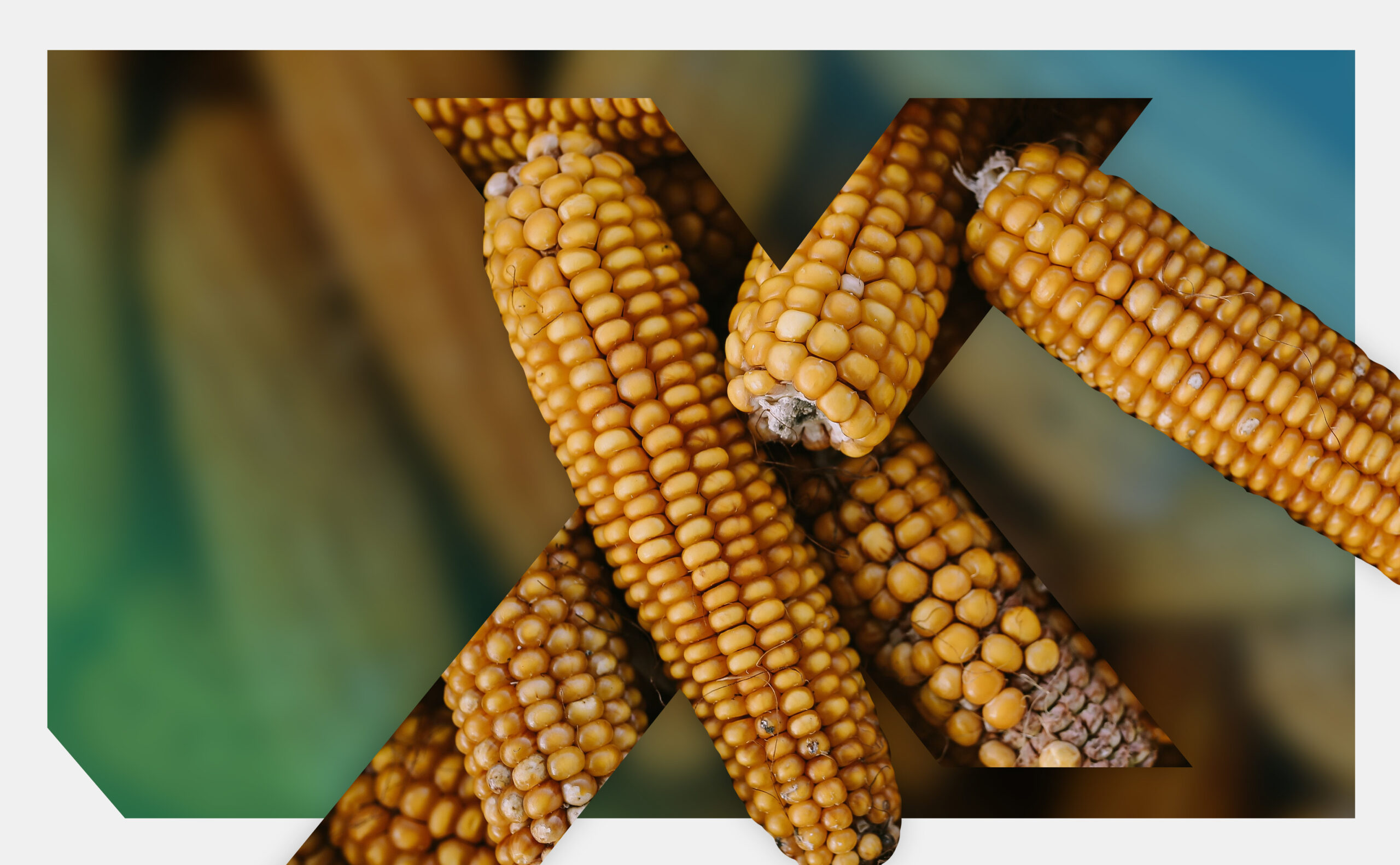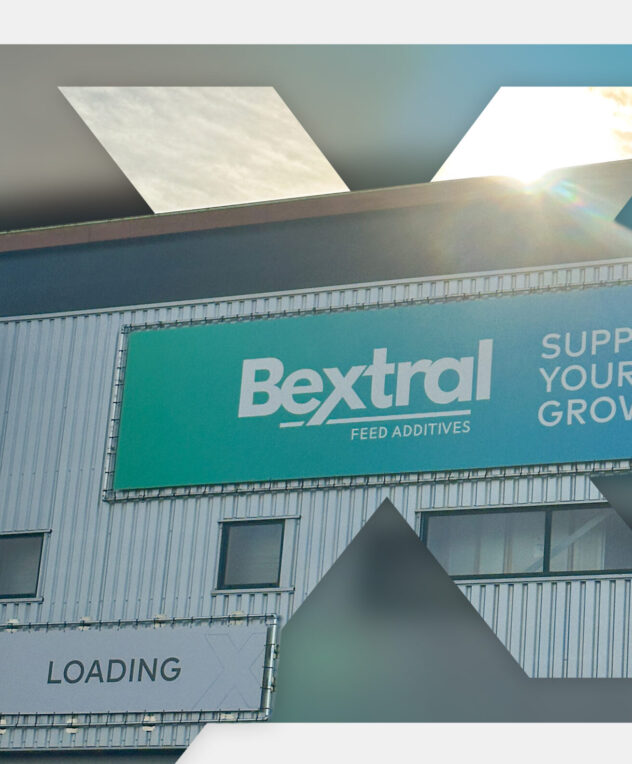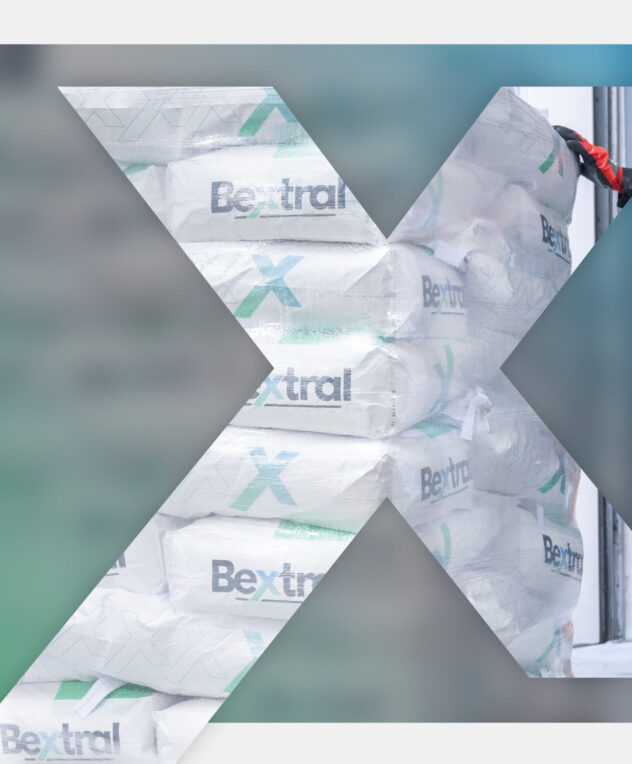
5 Tips to Manage Mycotoxin Risk in Livestock Feed
Mycotoxins are one of the greatest risks in livestock feed, as they can compromise animal health, productivity, and feed quality.
To prevent and manage mycotoxin contamination, a proactive approach is essential. Here are seven key strategies, each supported by targeted solutions from Bextral’s Feed Preservation line, to help you effectively manage mycotoxin risk at every stage.
1. Start with Mycotoxin Prevention
Mycotoxin management begins with prevention. Molds and pathogens thrive in warm, moist conditions, making feed highly susceptible to spoilage and contamination.
BEX Acid Control is a straightforward solution to start with. By lowering the pH of the feed environment, this acidifier inhibits mold and bacterial growth, effectively reducing the conditions where mycotoxins can develop.
2. Enhance Feed Stability with Mold Inhibitors
To further protect feed from mold contamination, a mold inhibitor can be applied as an added layer of defense. Mold inhibitors prevent mold spores from growing and reproducing, preserving feed quality and extending shelf life.
BEX Mold Block is a highly effective mold inhibitor that helps prevent mycotoxin formation by stopping mold development before it begins. With this essential barrier in place, your feed remains fresh and nutritious, ensuring stable feed quality.
Prevention is better than cure."
3. Implement Targeted Mycotoxin Binding Solutions
When feed contamination cannot be entirely prevented, a mycotoxin binder is a practical next step. Binders capture mycotoxins in the gastrointestinal tract, reducing their bioavailability and preventing them from entering the bloodstream.
BEX Myco Bind is a strong mycotoxin binder designed to neutralize harmful toxins in the digestive system. It uses specialized clays to absorb and retain mycotoxins, protecting livestock health and enhancing feed safety.
4. Break Down Plant Cell Structures to Release Mycotoxins
Certain feed materials contain plant cell structures that can harbor mycotoxins. Breaking down these structures helps release any adsorbed mycotoxins, making them accessible for binding and removal.
BEX Myco Guard goes beyond basic binding by incorporating a plant cell structure-breaking enzyme. This enzyme helps to liberate mycotoxins trapped within the feed material, ensuring they can be effectively bound and neutralized.
5. Use a Full-Spectrum Mycotoxin Management Solution
For comprehensive mycotoxin management, a full-spectrum approach is essential. This includes combining binding agents with acids and botanicals that target multiple mycotoxins across a range of feed environments.
BEX Myco Control offers a complete mycotoxin management program. It combines clay minerals, yeast cell walls, organic acids, acid salts, and botanical pulps to cover a wide spectrum of mycotoxins. This advanced solution not only binds and neutralizes toxins but also enhances feed stability and safety.
Conclusion
By taking a structured approach to mycotoxin management, from prevention to advanced control, livestock producers can safeguard feed quality and support animal health. Bextral’s Feed Preservation products provide a scalable solution to manage mycotoxins effectively at every stage. For more information on protecting your feed and livestock, visit our product pages or contact a Bextral representative.



